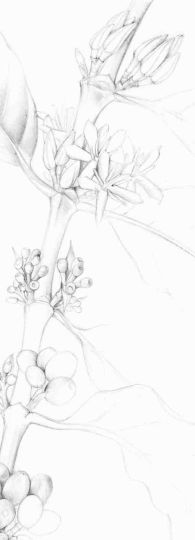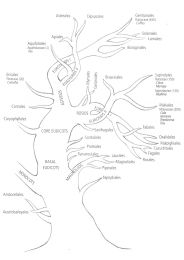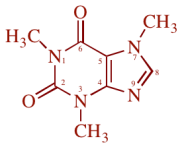The name villacoffea of this website refers to Coffea, a genus with about 120 species including the well known Coffea arabica L. (Arabica) illustrated on the left. However, only two (or three) species are used for preparing coffee, that are the just mentioned Arabica with a market share of about 60 to 70 % and Robusta (= C. canephora Pierre ex A. Froehner) covering the rest.
It is quite surprising that no other coffee species has reached an economic status, particularly, considering that the majority of the species of the genus Coffea is caffeine-free, a highly prized feature in a world, in which consumers increasingly bother with caffeine, and energy-consuming processes like decaffeination should be replaced by smart solutions.
Therefore, we take Coffea as an example to show how modern research explores the genetic ressources left over on our planet and fights against their extinction. Admirably, scientists from Royal Botanic Gardens in Kew who explore the genetic ressources of various plant families have created a World Checklist for Coffea.
Additionally, we present on this site all The Caffeine Plants used by humans and explore their pattern of purine alkaloids, a collective term for caffeine and the related physiologically significant substances. In this context, a view on the companions of caffeine is essential: Everybody has heard of the beneficial effects of tannins or phenolics which are part of all The Caffeine Plants and act in them as caffeine complexors.
Since caffeine is the most consumed psychoactive drug on our globe, it is accurate not only to write a few words about its effects on our body and mind, but also to explore the very intriguing aspect of how caffeine has influenced (and still does) the evolution of Homo sapiens. Related facts and hypotheses are covered by Man's matter.
The at first glance adventurous idea of illustrating the caffeine tree as a phylogenetic tree initiated a whole series of other phylogenetic trees now assembled under phylogenetic treeART.
Last but not least, we elaborate on the curricula of three Swiss pioneers how they contributed to the knowledge and use of The Caffeine Plants growing in the neotropics.
Coffea arabica L.
Arabica coffee
coffee tree family
Rubiaceae


welcome
The 'Caffeines'
The
Caffeine Plants


